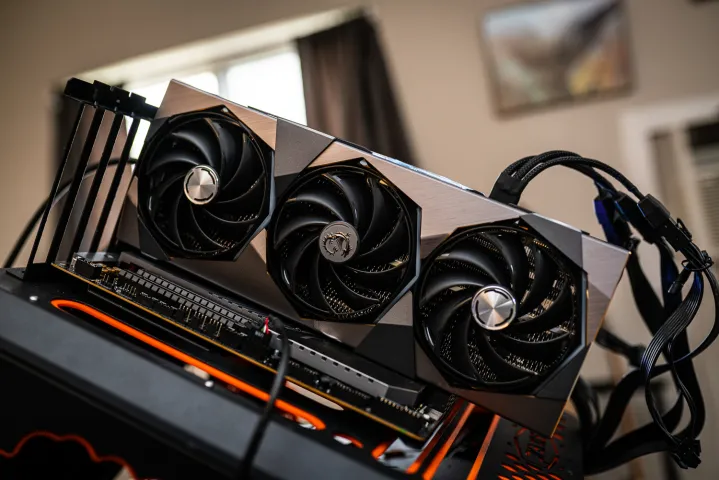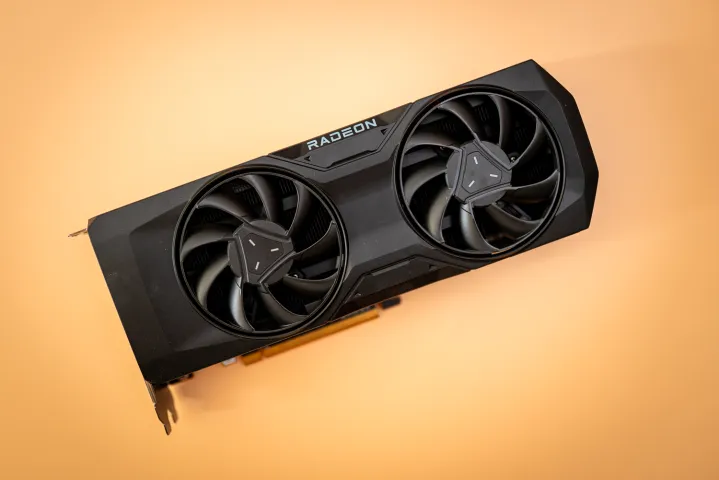
I’m worried about Nvidia’s upcoming RTX 4080 Super, but probably not for the reason you think. Nvidia revealed the long-rumored GPU at CES 2024, and perhaps the most shocking news around the announcement was that Nvidia was going to drop the price. Instead of releasing at the same $1,200 list price as the original RTX 4080, the RTX 4080 Super is launching at $1,000.
It’s a great price, and a positive step for Nvidia, which has largely been seen as the driving force behind high GPU prices over the past year. I’m worried the price might be too good, though.
Here’s the deal: the base RTX 4080 is a bad value. I don’t think most gamers would disagree with that, and I know most reviewers wouldn’t. At $1,200, it’s 50% more expensive than the RTX 4070 Ti while being only 25% faster at 4K (and as you can read in my RTX 4070 Ti review, that card has pricing and performance issues, too).

Still, gamers bought the RTX 4080. Some prices dropped to around $1,100, or even $1,050 if you were lucky, but the card sold. I suspect that’s because it was the only high-end option that was feasible for a lot of PC gamers who wanted an RTX 4090, but could only afford an RTX 4080. The value wasn’t there, but it was the best option a lot of people could buy.
With the price drop, I suspect the demand will go up for the RTX 4080 Super quite a bit. The problem with the card was never its performance — it was always the price. With that issue solved, and the fact that PC gamers were already buying the base RTX 4080, I suspect they’ll fly off shelves. That’s a bit of a problem.
GPUs are especially sensitive to supply and demand, so although the RTX 4080 Super has a list price of $1,000, the price you’ll pay entirely comes down to how much demand there is for the card. The base RTX 4080 has gotten by for this long without ever dropping to $1,000, so why would the RTX 4080 Super (which is supposedly slightly faster) sell for less?
At release, Nvidia says you’ll be able to buy the RTX 4080 Super at list price. A few weeks or months separated from release, however, there’s a strong possibility that the card will sell for more. Perhaps it might even sell for as much as the original RTX 4080.

This isn’t a crazy theory, either. We constantly see when a GPU that’s just a little too good sells for more than its original list price. A recent example is AMD’s RX 7800 XT. The card released at the excellent price of $500, vastly undercutting Nvidia’s competing RTX 4070. It was a little too good for the price, though, and you’d be lucky to find an RX 7800 XT for less than $550 now.
That’s just one recent example of how demand can carry GPU prices to different places. The RTX 4080 Super is mostly a lateral step from the RTX 4080, and I suspect it will end up closer to $1,100 once the launch dust has settled. All we can do is wait for the card to release on January 30. If you’re sold on picking one up, though, I’d try to grab it at release.





